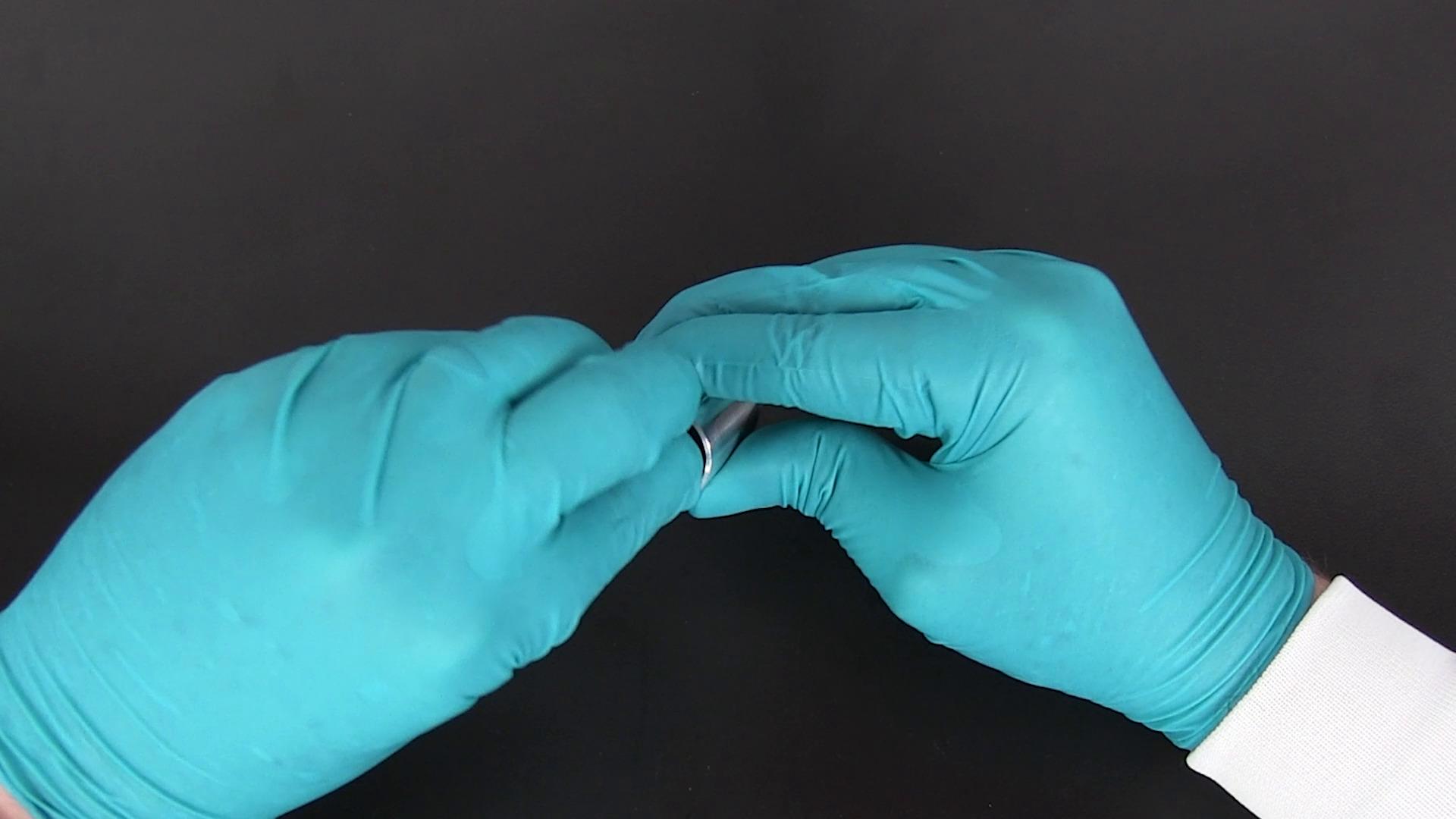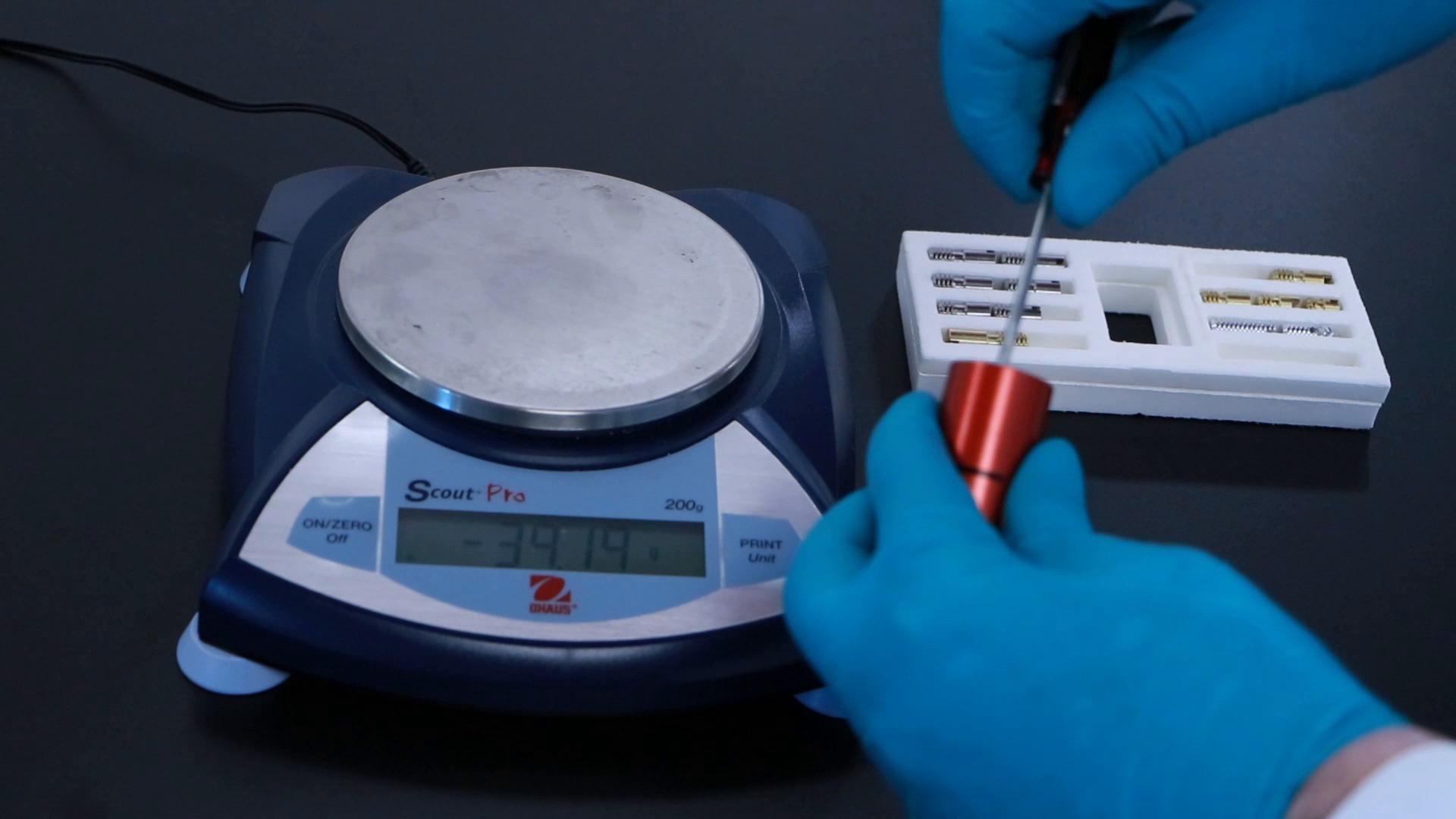Optima AUC Cell Preparation Tutorial
文稿
In this video, we will introduce the components of an analytical ultracentrifuge, or AUC cell, and cover the basic steps in cleaning and preparing the components for cell assembly and sample loading.
Beyond the components of the analytical cell, additional equipment and tools are also necessary.
You will need a counterbalance and weights, syringe and needle or pipette with tips, flathead screwdriver, forceps, the cell alignment tool, and Spinkote lubricant, a microbalance, and a torque wrench and stand. You will also need an analytical rotor. The four position AN-60 Ti rotor is selected for high velocity experiments and the eight position AN-50 Ti is chosen for higher throughput.
Each analytical cell consists of two window assemblies, a centerpiece, and a cell housing. Shown here are the components required to assemble a standard two sector analytical cell. This is a twelve millimeter two sector Epon charcoal centerpiece used to house a sample and reference buffer for sedimentation velocity experiments.
Centerpieces are available in various material types and designs to fit experimental needs. The centerpiece will be sandwiched between two window assemblies, each composed of a window holder, liner, gasket, and window.
It is important to select the appropriate window material for a given experiment.
Sapphire windows, for example, are recommended for high speed experiments with interferometric detection.
These components will be stacked and aligned in the keyed cell housing and sealed with a screw ring, ring and washer. After loading the sample and reference, a brass housing plug and gasket seal the loading holes. The ideal cleaning method is dependent upon sample type and user needs. For proper leak free operation, it's critical that components be clean, dry, dust free, and in excellent condition.
As a final preparative step, lubricate the screw ring threads and washer with a very thin coat of Spinkote lubricant. This helps to ensure proper sealing and accurate torquing of the cell. Finally, simplify cell assembly by laying out the clean, dry components in an organized arrangement of how the cell will be assembled. Now that you have prepared the components, you are ready to assemble the complete AUC cell.



